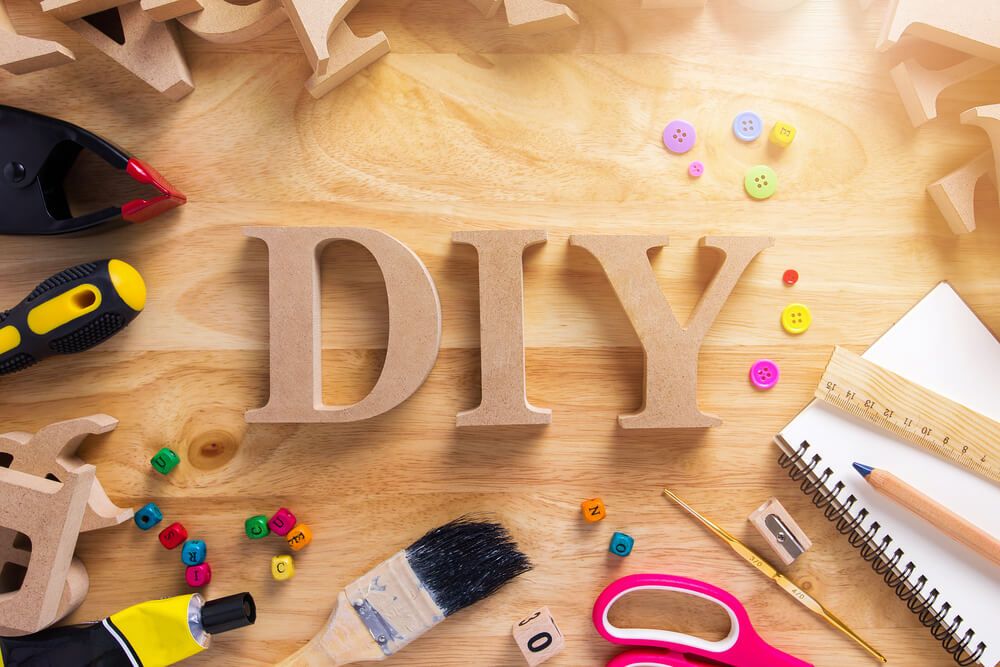When it comes to maintaining your vehicle, aligning the front end is crucial for a smooth and safe ride. More than just a mechanic’s task, front end alignment can be tackled at home with some skill, patience, and the right tools. This guide provides a thorough understanding of DIY alignment, focusing on the preparatory steps, essential tools, procedure, and best practices for upkeep.
Understanding Front End Alignment
Front end alignment, also known as wheel alignment, is the adjustment of a vehicle’s suspension to ensure the wheels are parallel to each other and perpendicular to the ground. Proper alignment is essential for optimal handling, tire longevity, and fuel efficiency. Misalignment can lead to uneven tire wear and can potentially compromise your safety by making your vehicle difficult to control. In essence, maintaining the correct alignment not only enhances driving comfort but also extends the lifespan of your tires.
Recognizing the Signs of Misalignment
Before you dive into aligning your wheels, it’s critical to recognize the signs of misalignment. Common indicators include:
- Uneven Tire Wear: Inspect your tires for patches of wear on one side versus the other.
- Pulling to One Side: If your car veers left or right without steering input, it may be misaligned.
- Steering Wheel Off-Center: A steering wheel that is tilted while driving straight hints at an alignment issue.
Being vigilant about these symptoms can save you from costly repairs down the line.
Essential Tools for DIY Alignment
Equipping yourself with the right tools is a pivotal step to executing a home alignment. Ensure you have the following:
- Jack and Jack Stands: A hydraulic jack will help lift your vehicle safely, while jack stands will provide stability while you work underneath.
- Ruler or Tape Measure: For precise measurements, a good quality ruler or tape measure is essential.
- Camber Gauge: This tool measures the angle of your wheels in relation to the ground.
- Alignment Kits: Investing in an alignment kit suitable for your vehicle can streamline the process.
- Wrenches and Sockets: A set of these tools will help make necessary adjustments to the suspension components.
- Chalk or Marker: Use these to mark tire positions for easier tracking during adjustments.
Preparing for the Alignment
Before you begin the alignment process, it’s important to prepare both the vehicle and the workspace. Start by parking your vehicle on a flat, level surface. Ensure you have enough room to work around the car without feeling cramped. With the jack, lift the front end of the vehicle, using jack stands for safety as a precaution. This will enable you to assess and adjust the alignment effectively. Additionally, inflate your tires to the manufacturer’s recommended pressures to guarantee accuracy.
The Alignment Process
Now that you’re ready, follow this systematic approach to perform the front end alignment:
- Measure the Toe Angle: Utilize your ruler or tape measure to measure the distance between the front and rear of the tires. The distance should be equal. If the front is wider than the rear, it indicates a toe-out condition; if the rear is wider, that suggests a toe-in condition. Adjust toe angles by modifying the tie rods accordingly.
- Check the Camber Angle: The camber should be assessed next. Use the camber gauge to measure how tilted the wheels are – they should be vertical when the vehicle is at rest. If the camber is off, adjust the control arm bolts to re-establish the ideal angle.
- Evaluate Castor Angle: The caster angle affects your vehicle’s steering stability and balance during forward motion. This angle isn’t usually adjustable, but it’s important to be aware of its status. If severe, consult with a professional.
- Double-Check Your Work: After adjustments, always double-check measurements to ensure everything is within specifications. Re-measure the distances at the front and rear of the tires and make any necessary tweaks.
Common Mistakes to Avoid
As with any DIY project, there are potential pitfalls. Avoid these common mistakes:
- Skipping Measurements: Not taking initial measurements can lead to errors and more complications.
- Ignoring Tool Calibration: Ensure all measuring tools are accurate before beginning.
- Neglecting Road Tests: After finishing the alignment, take your vehicle for a test drive to ensure it behaves as expected. Pay attention to how it handles under various conditions.
Regular Maintenance
To keep your vehicle driving like new, regular alignment checks are advisable. Many manufacturers recommend having your alignment assessed every 10,000 miles or whenever you notice signs of misalignment. Additionally, consider scheduling an alignment after any significant impact or after replacing suspension components.
Conclusion
By following this comprehensive guide, you can save yourself time and money while gaining a sense of accomplishment from successfully aligning your vehicle’s front end at home. With the right tools, attention to detail, and a proactive mindset, home alignment is not just a possibility but an attainable goal. Maintain diligence, and your vehicle will reward you with enhanced performance and longevity on the road.
